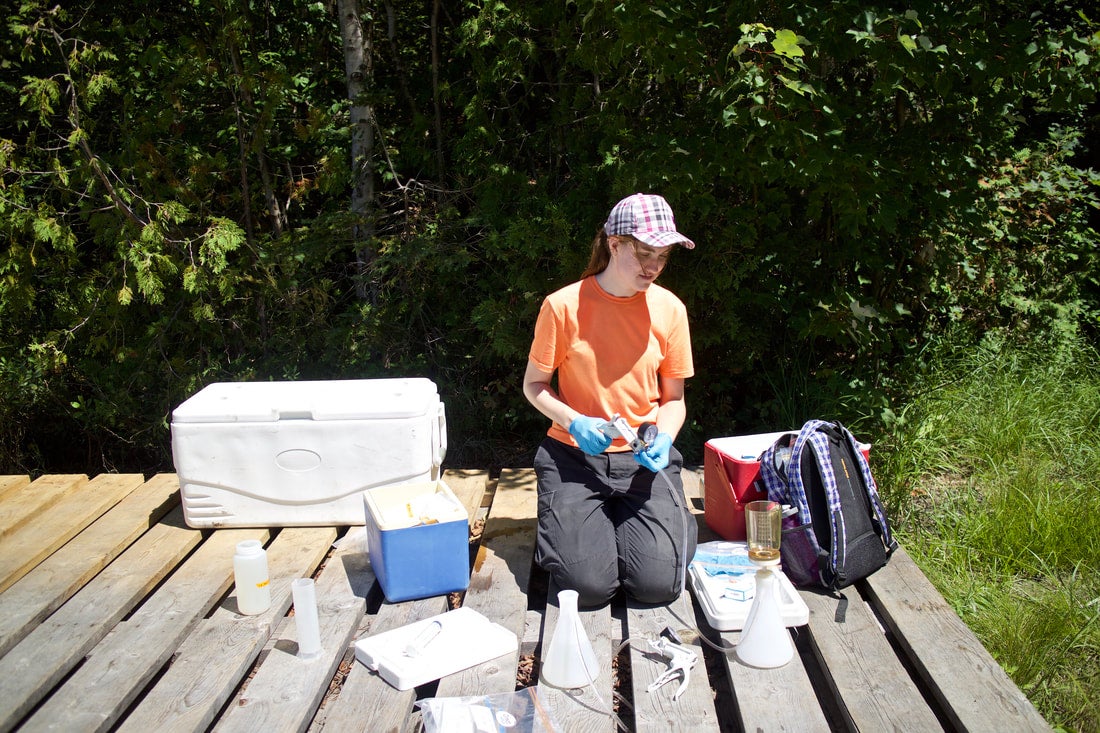Cyanobacteria blooms are a major environmental issue worldwide. They can have direct impacts on the safety of drinking water supplies by producing a variety of toxins which also impose health risks for swimmers and boaters. Although many may associate cyanobacteria with bright green algae seen on the surface of lakes, Ellen Cameron, PhD Candidate in Waterloo’s Biology Department, is using DNA sequencing to study cyanobacteria communities in low-nutrient, clear lakes in Northern Ontario.
“Even though the lakes I’m working in look like stereotypical picturesque lakes of Ontario, they have high abundances of cyanobacteria,” said Cameron, graduate of Waterloo's Collaborative Water Program. “We are trying to better understand the cyanobacteria communities that are in these lakes by using DNA sequencing to look for specific genetic markers that can tell us about the identity of organisms and what functions they may be performing.”

“The recovery of the cyanobacteria genomes and identification of toxin genes will provide critical insight for understanding the threats that cyanobacteria impose in low-nutrient systems that may not have visible blooms,” said Cameron.
Co-supervised by Water Institute members Kirsten Müller, professor in the Department of Biology, and Monica Emelko, Canada Research Chair in Water Science, Technology & Policy and professor in the Department of Civil and Environmental Engineering, Cameron hopes that her research will improve frameworks for the design of ecologically meaningful sampling protocols for cyanobacteria monitoring.
Cameron acknowledged the benefits of working in interdisciplinary teams while working on wicked water problems:
“The co-supervision has allowed me to gain support from both lab groups which has been an invaluable experience and has helped provide me with insights into my data that as a biologist alone, I might not have thought of,” said Cameron.
Learn more about Cameron’s research.